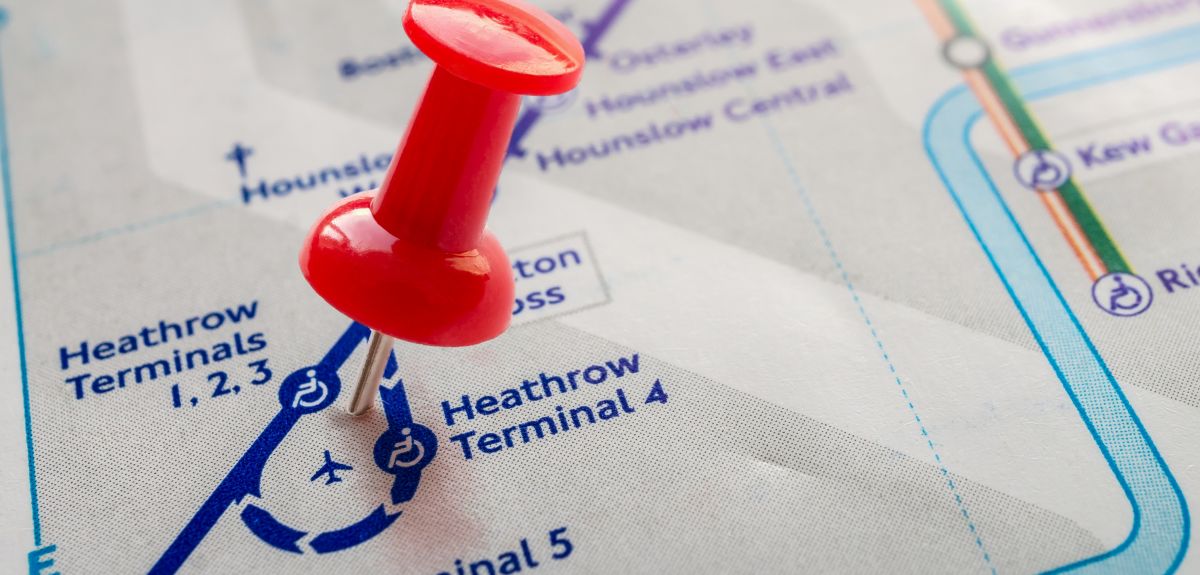
Who will benefit most from the Heathrow Airport Expansion?
As MPs give Heathrow Airport's proposed third runway the green light, Professor David Banister, Emeritus Professor of Transport studies at Oxford University, sheds light on the issue of transport inequality and just why the proposed expansion has sparked such controversy.
London Heathrow (LHR) is the busiest airport in the UK with 48 million passengers beginning or ending their journeys in London, and an additional 28 million passengers making interconnecting flights to other destinations. The 3rd Runway will increase the total capacity to 130 million (+71%) and the number of flights will increase to 740,000 per annum (+56%). But who will be the new passengers flying from LHR?
About half the population of Great Britain has flown in the last year (47%), and this figure has been stable over the last 15 years. Most of those that do fly make one or two trips a year (31%). This means that 10% make about 60% of all flights, and as might be expected these people are mainly from the highest income groups. The richest 10% make 6.7 times as many trips by air as the poorest 10% of the population. The inequality in air travel in Great Britain is far higher than any other form of travel with the exception of High Speed Rail (10.3 times). Figures for the other forms of transport are much lower, with the difference for car travel being 2.75 times and for the bus the poor make more trips than the rich.
Some might argue that low cost airlines have helped rebalance this inequality, but the evidence would suggest that cheaper flights have enabled those already flying to travel more frequently and possibly to save money. Inequality is important as it reflects on societal values and the argument that society as a whole should gain. But it is equally important to identify who are the winners and who are the losers – it is about fairness and justice. This is particularly the case when large amounts of public money are involved. The new runway is estimated to cost £14 billion, with a similar amount being needed to improve road and rail links to the airport. A substantial part of this funding will come from Government and Transport for London.
It is likely that low income people will make only limited use of the new runway, but they will also be impacted by it indirectly through additional CO2 emissions. Overall, the richest 10% of households produced 3 times the levels of CO2 emissions than those from the poorest 10% of households, but for transport the difference is between 7-8 times and 10 times for aviation. New runway capacity at LHR will increase this difference, as more rich people fly further and more frequently. Local pollutants (e.g. NOx) and the noise impact are also likely to increase from the additional planes (and traffic). This means that it becomes much harder to meet CO2 reduction targets and improve local air quality, and air quality around LHR is already very poor.
Even the argument about the importance of increased airport to the local and national economies is weak. Business air travel accounts for about 20% of all passengers in Great Britain, with the figure for LHR being higher (30%). This market has been relatively stable, as the growth in air travel has come from leisure travel and visiting friends and relatives. In addition, UK residents are spending more overseas than others do coming to the UK. In 2016, there were 71 million overseas visits from UK residents and the total spend was £43.8 billion. There were 38 million visits to the UK and the total spend was £22.5 billion.
The clear conclusion is that on grounds of inequality, environment and spend, building additional airport capacity at LHR does not add up, as it will enable the richest 10% to fly even more and spend their money overseas. It will be the poorest 10% that stay in the UK, and they will suffer from even higher levels of CO2 emissions and poorer levels of air quality.
This analysis is based on National Travel Survey data (2002-2012) and Air Passenger Surveys carried out for the Civil Aviation Authority.
Read the full article on The Conversation here
This analysis of air travel in the UK forms part of Professor Banister’s new book Inequality in Transport, which will be published by Alexandrine Press on 12th July.